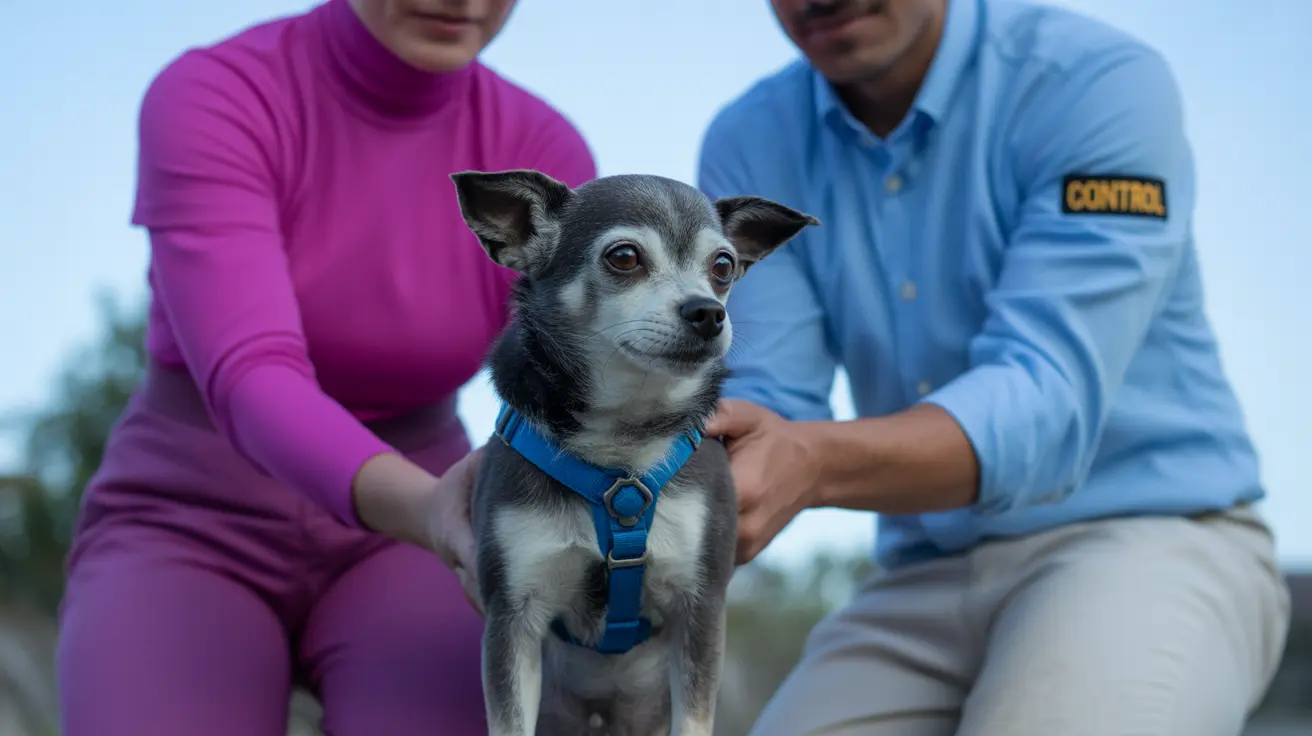What to Do When a Dog Won’t Take Pills: Proven Tips and Tricks
Administering medication to dogs can be a stressful and frustrating experience for many pet owners. Some dogs are naturally suspicious, have dietary restrictions, or have learned to detect and avoid pills. Fortunately, there are several effective, vet-approved techniques to help you medicate your dog safely and successfully.
1. Hide Pills in Tasty Foods
One of the easiest and most popular ways to give your dog medication is by concealing it in food. Choose a soft, flavorful treat your dog loves. Here are some commonly used options:
- Soft dog treats – Formable treats can be wrapped around the pill
- Commercial pill pockets – Specially designed to hold pills
- Peanut butter (xylitol-free) – Sticky texture masks medication well
- Cheese or lunch meat – Easy to mold and highly palatable
- Yogurt or cooked sweet potato – Consider for dogs with sensitive stomachs
- Boiled chicken or liverwurst – Particularly tempting and strongly scented
Always ensure the food doesn't conflict with your dog’s dietary requirements. If your dog has pancreatitis, allergies, or is on a veterinary diet, consult your veterinarian before using food-based hiding strategies.
2. Use the Bait-and-Switch Method
To prevent your dog from detecting and spitting out the pill, try the bait-and-switch method:
- First, offer a treat without medication
- Then follow immediately with the treat containing the pill
- Quickly offer a second unmedicated treat as a chaser
This sequence encourages fast swallowing with limited chewing, decreasing the chances of your dog discovering the hidden medication.
3. Use Tricks and Positive Reinforcement
Incorporate medication into your dog’s routine with familiar tricks. For example, reward your dog for "sit" or "paw" and sneak in the pill during the treat session. This adds a positive association to taking medication.
4. Prepare in Secret
Dogs have an acute sense of smell and are quick learners. Prepare your dog's medication and treats out of sight to avoid suspicion. Also, wash your hands between handling the medication and the food to prevent transferring the medication scent.
5. Direct Pill Administration
Some dogs simply won’t be fooled by treats. In such cases, you may need to administer the pill manually:
- Gently hold your dog’s muzzle and tilt the head upward
- Use your dominant hand to place the pill at the back of the tongue, past the hump
- Close the mouth and gently stroke the throat
- Blowing lightly on the nose may help initiate swallowing
Watch carefully to ensure the pill is swallowed, as some dogs may drool it out or hide it in their cheeks.
6. Use a Pet Piller or Pill Gun
Pet pillers can help deliver pills safely and more effectively to the back of the throat without putting your fingers at risk. These plunger-like devices are especially helpful for dogs that are resistant or large.
7. Try Compounded Medications
If oral pill administration repeatedly fails, ask your veterinarian about compounded medications. Compounding pharmacists can:
- Create flavored liquids or chews your dog may prefer
- Combine medications for easier dosing
- Offer transdermal gels that are absorbed through the skin
Always consult your vet before crushing or opening capsules, as some medications may lose their effectiveness or become unsafe this way.
8. Monitor Your Dog Afterward
After giving medication, observe your dog to ensure it was truly swallowed. Symptoms of refusal or illness can include:
- Dry gums
- Drooling or foaming
- Hiding, gagging, or vomiting
Some dogs may pretend to swallow and later spit the pill out. Always check the area and your dog's mouth after administration.
9. Create a Stress-Free Environment
Keep the mood calm and positive. Reward your dog with praise, affection, and playtime. Reducing stress can make future medication sessions easier.
10. Speak With Your Veterinarian
If your dog continues to resist medication or shows signs of worsening illness, contact your vet. For medications like antibiotics, seizure drugs, or heart medication, missing doses can be serious. Your vet can adjust the method or prescribe alternate formulations depending on your dog's needs.
Key Takeaways
- Use dog-safe foods to hide pills
- Try bait-and-switch or training-based techniques
- Prepare pills out of sight and wash hands
- Manually administer with care or use a pet piller
- Talk to the vet about compounding if necessary
- Ensure calm, positive reinforcement during med time
Helping your dog take pills may require trial and error, but with patience and the right tools, the process becomes smoother. Always prioritize your dog's health and comfort.





